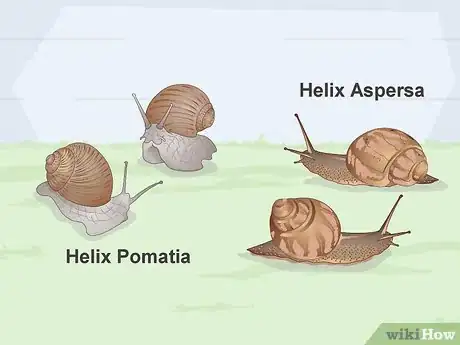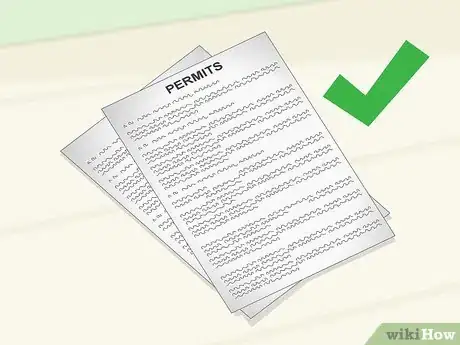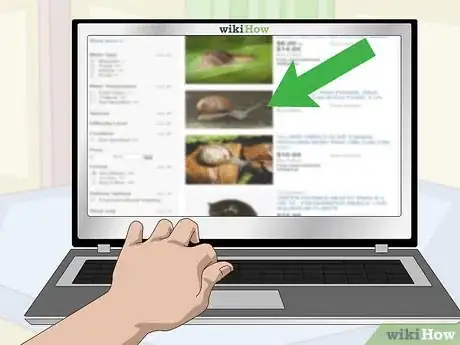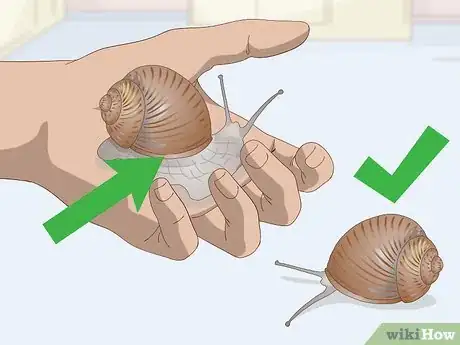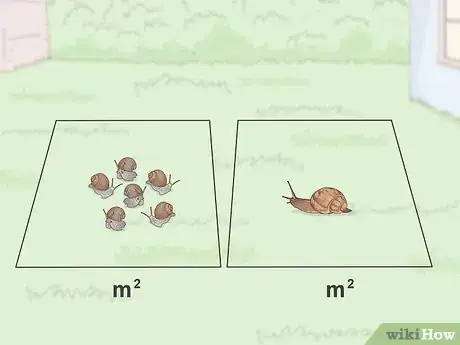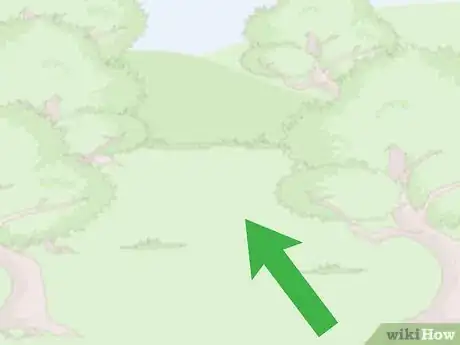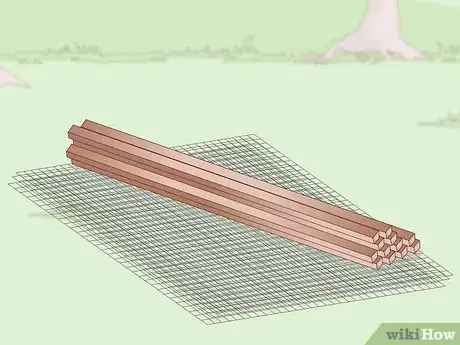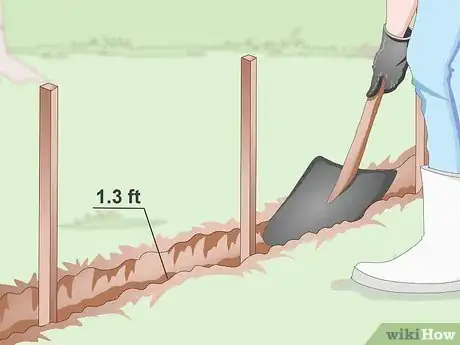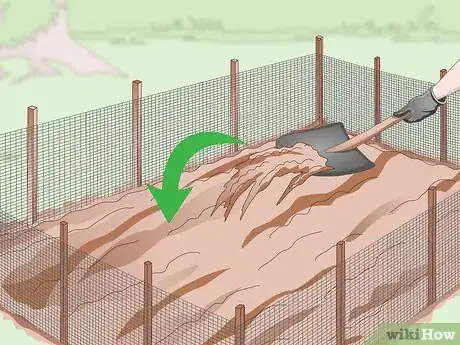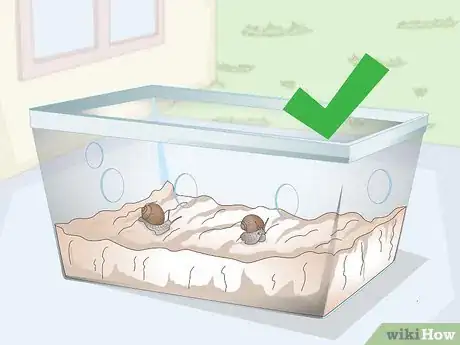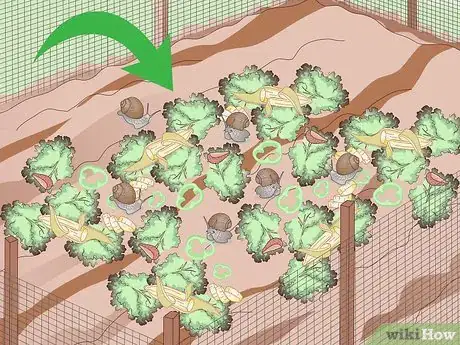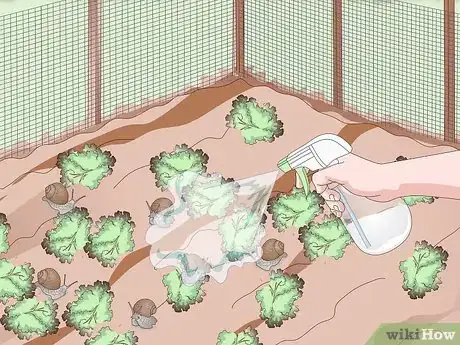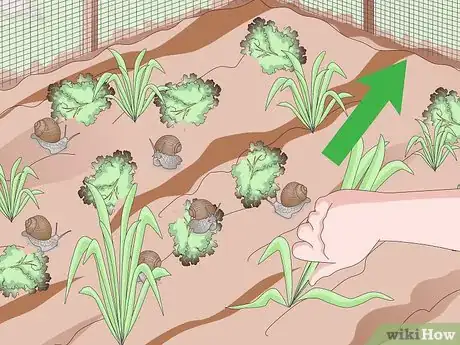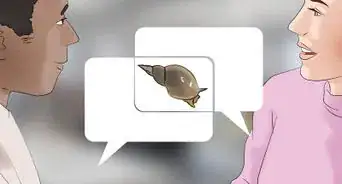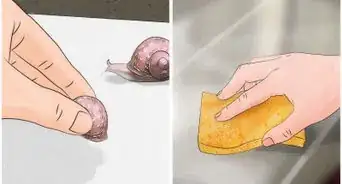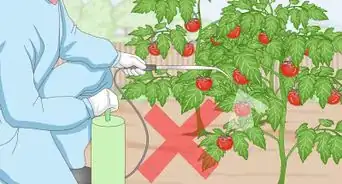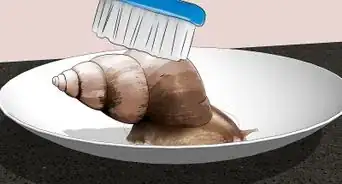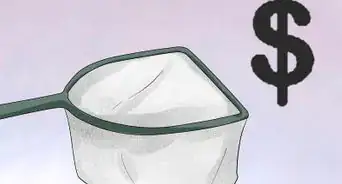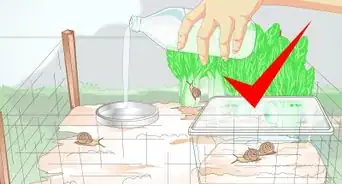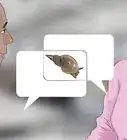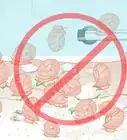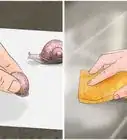This article was co-authored by wikiHow Staff. Our trained team of editors and researchers validate articles for accuracy and comprehensiveness. wikiHow's Content Management Team carefully monitors the work from our editorial staff to ensure that each article is backed by trusted research and meets our high quality standards.
wikiHow marks an article as reader-approved once it receives enough positive feedback. In this case, 98% of readers who voted found the article helpful, earning it our reader-approved status.
This article has been viewed 144,915 times.
Learn more...
Snail farming, otherwise known as heliciculture, is a lucrative practice that's common all over the world. Snails are sold for their meat and are used in popular escargot dishes. To start and maintain a healthy snail farm, you'll need to make sure that you get the right species of snails, create a favorable habitat, and care for the health of your snails. With patience and dedication, you can grow your snail farm from a personal hobby to a lucrative business venture.[1]
Steps
Getting the Snails
-
1Decide which species of snail you want to farm. When creating a snail farm, you'll have to use a single species of snail. The smaller helix pomatia and helix aspersa can lay hundreds of eggs and can survive in seasonal climates. The larger achatina achatina and archchatina marginata can only live in climates that are warm all year round. Research common snail types in your region and choose the one you'd like to farm.
- The helix aspersa is a popular snail to farm in Europe.[2]
-
2Make sure that you have the proper permits for the snail farm. There are different local and federal regulations regarding snail farms depending on where you live. For instance, in the USA, it's illegal to transport most snail types over state lines without a special permit. Other countries will have their own restrictions and laws about starting a snail farm. Check on your country's website for agriculture to determine what forms and permits you may need to start a snail farm.
- In some countries certain snail species are deemed as invasive and are thus illegal to own.
- The lissachatina fulica or the large African land snail is illegal in the USA.[3]
Advertisement -
3Purchase your snails online or find snails in your garden. If you want to start a snail farm, you'll need to get snails. Look online to find another snail farm near you, where you can purchase adult snails. It's always best to be able to examine the snails before you buy them so that you know they are healthy.
-
4Choose fully grown snails. When you first start your snail farm, you'll want to get healthy, fully grown snails that will lay eggs and help populate your farm. Look on the shell of the snail. If there is a lip, they are a fully grown snail. The lip will look like rolled or curled shell near the entrance of the shell.
- Choose snails that fit in their shell, as this is an indication that they are healthy.
-
5Get enough snails for the size of your farm. If you are farming smaller snails, there's a max of 6 snails per square meter. If raising larger snails, you'll need at least 1 square meter for each snail. Getting more snails than this will lead to overpopulation and an unhealthy snail population. If you get more snails they will lay more eggs.
Building a Snail Pen
-
1Pick a wind-free moist location for your pen. Places where the soil doesn't drain well after rain or that are exposed to high winds are not good for snails. Pick a location that has ample space and won't be exposed to the harsh elements.
- A trench is the perfect location for a snail pen because it's not exposed to high-winds.
- Being on the bottom of a hill or surrounded by trees will also protect your farm.
-
2Choose a fencing material. You can purchase snail pen fencing material online or from most hardware stores. Popular fencing materials include corrugated metal or plastic, chicken wire, or a woven material. The purpose of the pen is to keep the snails in. Choose a material within your budget, and get enough of it so you can build a 5x5 meter (16.4x16.4) pen.[4]
- You can make the perimeter of your fence larger if you want to house more snails.
- Larger snail farms can be anywhere from 1000 square meters (3280.84 square feet) to 10,000 square meters (32808.4 square feet) in size.[5]
-
3Create the snail pen perimeter by driving posts into the ground. You can purchase wooden fence posts at the same store that you bought your fencing. Space each post 1.25 meters (four feet) away from each other so that there are 5 posts on each side of your pen. This is the perimeter that you'll be using as your snail pen, and will be what you wrap your fencing material around.
-
4Dig a .4 meter (1.3 foot) deep trench around the posts. Use a shovel to dig the trench outside of each of the wooden posts around the perimeter of your snail farm. This will house the bottom of your fencing material.
-
5Wrap and staple the wire mesh around your posts. Take your fencing material and wrap it tightly around the wooden posts. Put the bottom of the fence into the trench that you dug earlier. This will ensure that the snails can't escape and that larger predators won't be able to dig under the pen.
-
6Cover the trench with dirt. Use a shovel and fill the trench in with dirt. Once the trench is covered, make sure to pat down the soil in the area so that the fence stays under the ground. Your snail pen is now ready.
-
7Lay down moist, loamy soil. Snails prefer damp, loamy soil with low acidity and a lot of organic matter. Go to a home and gardening store and get one that has a pH of 7 or lower to encourage good snail health. Pour the soil into the snail habitat, giving the snails ample room to move around.[6]
- Clay is unsuitable for snails because it becomes too hard when wet.
- Sand is also not ideal for snails because of its low water-holding capacity.[7]
-
8Choose a well-ventilated container if starting a small, personal farm. Snails will eat their way through cardboard, so cardboard boxes don't make the best containers. Instead, create a habitat inside of a glass or plastic bin. An aquarium will also work. Make sure that habitat is covered so that the snails can't escape, and be sure to punch ventilation holes into the lid of the habitat so that the snails can breathe.[8]
Maintaining Your Farm
-
1Add snail food to your habitat. Snails eat a variety of different foods. You can feed your snails things like lettuce, cabbage, weeds, vegetable peelings, and slices of fruit. Put the food inside of the habitat and remove it once it starts to turn or grow mold. In addition, leave out a tray of distilled water so that your snails can drink.[9]
- You can also grow leafy vegetables in your snail farm to feed your snails.
- Other plants that snails like include turnip, hybrid turnip, and dandelion clover.[10]
- Tap water sometimes contains chemicals that would harm the snails, so remember to boil and cool the water if you decide to use water from your tap.
-
2Change the soil every three months. The chemical composition of your soil will change over time. Also, your soil will likely have a buildup of feces and mucus from your snails. For this reason, you need to replace all of the soil every three months to keep your snail's healthy. Extract the snails from their habitat and transfer them to a temporary habitat before using a shovel to replace the old soil with fresh, loamy soil.[11]
-
3Water your snail farm if it doesn't rain. Use a spray bottle to spray down the leaves and ground of your snail farm. Water your farm towards the evening or in the morning when it's cooler out. If you water them when it's hot out, they may be attracted by the water and get killed by the sun. If you are snail farming outside and it hasn't rained in a couple of days, you'll have to add water to your snail farm. If it is very dry, water your farm every day.
- Do not flood your snail farm.
-
4Pick the weeds that grow in your pen. Weeds and wild grass can disrupt the growth of leafy greens that you may have planted in your snail farm. Carefully pull the weeds and grass around the perimeter and inside of your snail farm's pen.
Community Q&A
-
QuestionAre permits required to farm snails?
 Community AnswerNo, a permit is not required.
Community AnswerNo, a permit is not required. -
QuestionCan I feed my snail escargot?
 ClawthewolfCommunity AnswerDefinitely not. That is called cannibalism, and the snail wouldn't eat it anyway, as snails can only eat vegetables or plants.
ClawthewolfCommunity AnswerDefinitely not. That is called cannibalism, and the snail wouldn't eat it anyway, as snails can only eat vegetables or plants. -
QuestionCan a newly hatched helix aspersa pass through my chicken wire mesh?
 FoxieJViellaTCommunity AnswerThey can, it just depends on how large the holes are for your chicken mesh. They can be the size of your pinkie nail when hatched.
FoxieJViellaTCommunity AnswerThey can, it just depends on how large the holes are for your chicken mesh. They can be the size of your pinkie nail when hatched.
Things You'll Need
- Fencing material
- Wooden posts
- Staple gun
- Loamy soil
- Shovel
- Leafy greens, vegetables, and fruit
- Spray bottle
- Water
References
- ↑ http://www.startupbizhub.com/starting-a-snail-farm.htm
- ↑ https://helicicultureus.wordpress.com/about/
- ↑ https://helicicultureus.wordpress.com/about/
- ↑ https://d3gxp3iknbs7bs.cloudfront.net/attachments/37ff29d26c66fa4b5876c5e81ddad2d253737f28.pdf
- ↑ http://www.roysfarm.com/snail-farming/
- ↑ http://www.startupbizhub.com/starting-a-snail-farm.htm
- ↑ https://d3gxp3iknbs7bs.cloudfront.net/attachments/37ff29d26c66fa4b5876c5e81ddad2d253737f28.pdf
- ↑ http://animals.mom.me/make-homemade-habitat-baby-snails-11335.html
- ↑ http://animals.mom.me/make-homemade-habitat-baby-snails-11335.html
About This Article
To snail farm, start by choosing your snails and picking a wind-free, moist location for their habitat, such as a trench. Next, use corrugated metal, plastic, or chicken wire to create a fence around the perimeter of the farm. Then, put down moist, loamy soil and place the snails into their new environment. Feed your snails lettuce, cabbage, weeds, vegetable peelings, and fruit and be sure to add a tray of fresh water for them to drink. For the healthiest habitat, don't forget to change the soil every 3 months! For tips on choosing a snail species for your farm, read on!
